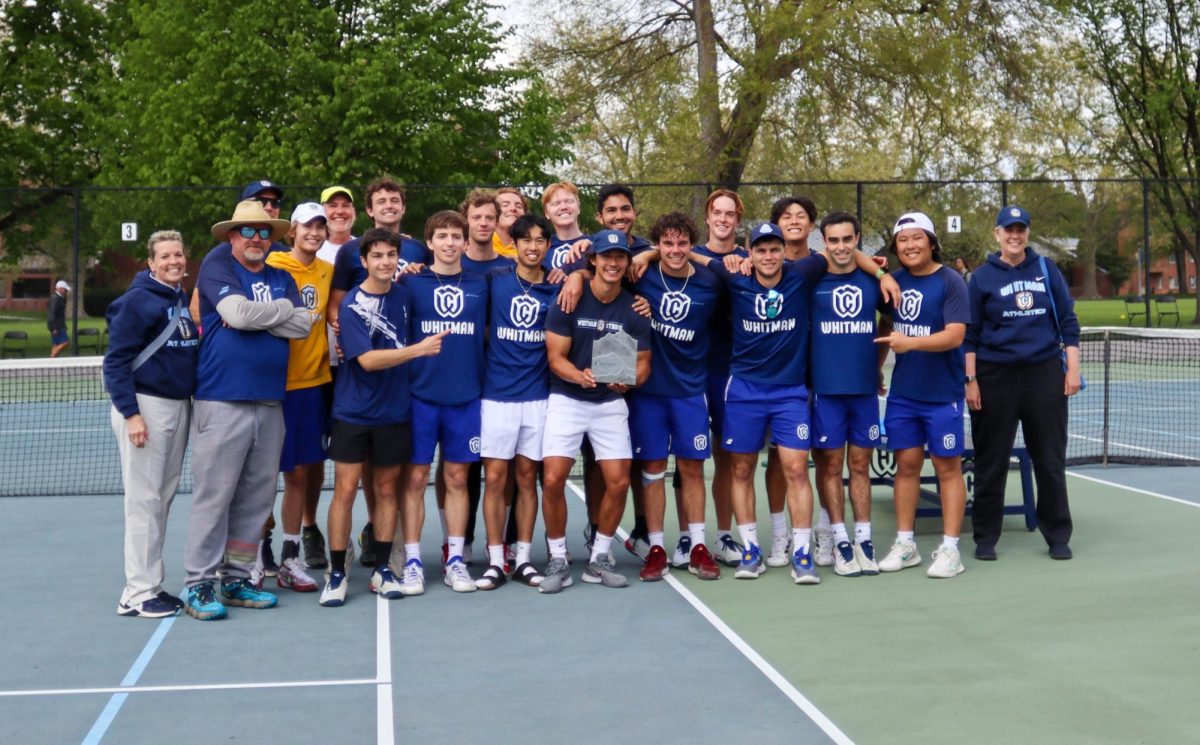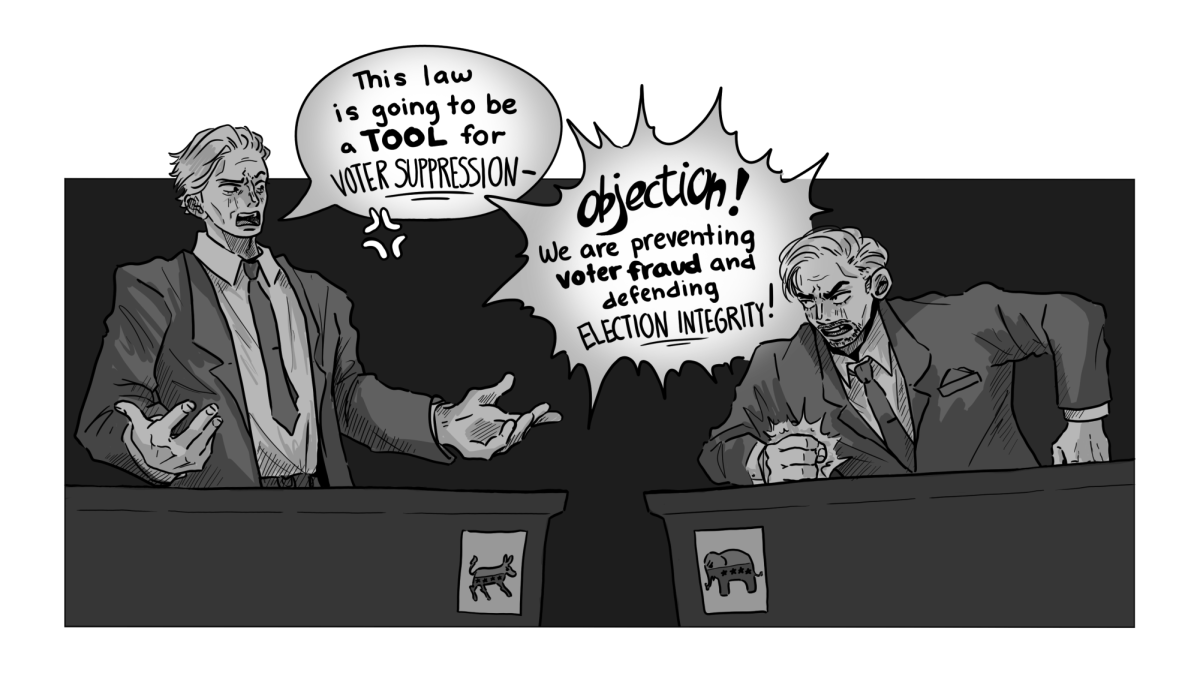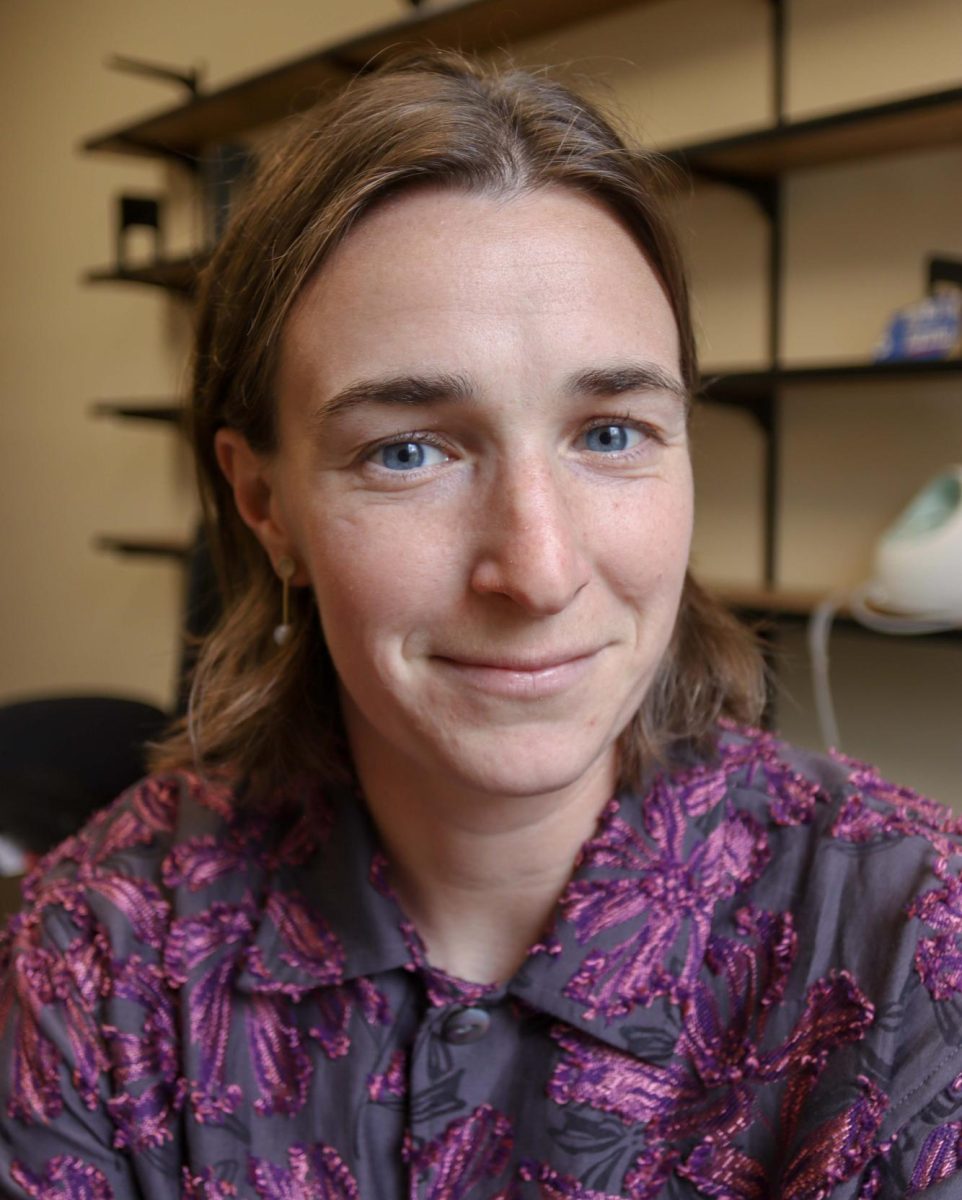Next fall, at least four members from the class of 2010 will start teaching jobs in low-income school districts across the United States. They will be a part of Teach for America, a non-profit organization working to close the achievement gap between different groups of students in primary and secondary schools throughout the country by recruiting the nation’s brightest college graduates.
The Whitman recruits were chosen from a highly competitive pool of applicants hoping to take part in Teach for America’s unique training program, which allows its participants, or corps members, to earn alternative teaching certificates while working as full-time faculty members for a period of two years. In 2009, the organization received a record 35,000 applications for approximately 4,100 positions.
According to Susan Buchanan, director of the Student Engagement Center, Whitman has become a “feeder school” for the prestigious program, which has expanded its operations to more than 35 regions over the course of its 20-year history.
“A couple of years ago Teach for America contacted me and said that they had been very impressed with the Whitman graduates they had hired,” said Buchanan. “And they now considered Whitman to be a ‘feeder school,’ meaning they were going to recruit heavily from us.”
Buchanan commented on the increasing popularity of the program among Whitman seniors.
“I don’t know if it’s because the economy is so poor and there are so few other options, or the fact that Teach for America is pursuing Whitman students so heavily, or the two-year commitment or if it’s just that Whitman students just love learning,” she said.
Whitman is far from the only college at which Teach for America has become popular. According to the Wall Street Journal, 11 percent of Ivy League grads applied to Teach for America in 2009 along with more than five percent of graduating seniors at over 130 colleges and universities.
Last year, 38 Whitman seniors applied to Teach for America and eight ended up participating in the program. Students can apply to the program at four different points throughout the academic year, and a handful of Whitman students who applied before the final Feb. 19, 2010 deadline are waiting to receive word in March of whether they will be joining their fellow Whittie corps members.
Senior sociology major Miyoko Patricelli will be working next year as a Teach for America corps member in the Mississippi-Delta region,where she has been assigned to teach high school math. Patricelli stated that her interest in the program came out of a desire to help others.
“It’s a program for people who are truly concerned about the achievement gap in the United States and who are dedicated to
shrinking it,” said Patricelli. “Teach for America is for those who know how atrocious the problem is and who are willing to put in the effort and time to change it. People can make a difference in many different ways, but this is a program for people who passionately want to change this particular problem.”
Nevertheless, Patricelli is nervous about adjusting to a new part of the country.
“It’s a terrifying idea that I’ll be teaching in a year in a part of the country I have never really spent time in,” she said. “I’ve been told by some people that its going to be more of a culture shock than [when I lived in] Honduras. I keep thinking, ‘I hope I’m good at this.'”
Whitman alumnus Nate Fitzpatrick ’06 worked in the Mississippi-Delta area as a Teach for America corps member for two years before becoming the Recruitment Director for the northwest region.
“It was the most difficult thing I’ve ever done,” he said. “There were days my first year when I would go home and think, ‘Wow, I have a lot more work I need to do’ . . . But it was extremely transformative, not only as a learning experience but also seeing how I could make a difference.”
Despite the praise the organization has received for making a difference in education, Teach for America has been frequently criticized.
“It’s a controversial program,” explained Patricelli. “I’ve heard arguments saying that the teachers tend to get more out of it than the students: that it’s a lot about self-growth of the teachers, rather than students.”
At times, the program has also been criticized for placing corps members in low-income areas that are most in need of experienced teachers. Patricelli defended the program for providing support to schools that are not often able to hire older instructors.
“There isn’t the money for [experienced teachers] to have the incentive to move across the country to teach in an intercity area,” she said. “I am actually going to an area where, as of about five years ago, there was an elementary school with three or four classrooms that didn’t have teachers, though I don’t know if that’s still true now.”
According to Fitzpatrick, criticisms of Teach for America are short-sighted.
“Most of the criticisms ignore completely the fact of our long term movement. Sixty percent of our current 17,000 alumni have continued with a career in education,” he said. “Obviously no program is perfect. One of the great things about working on staff is that I now have the ability to help change it.”
Patricelli agreed that Teach for America serves an important purpose.
“It’s not perfect, but in my mind nobody has come up with a better option yet,” she said.





